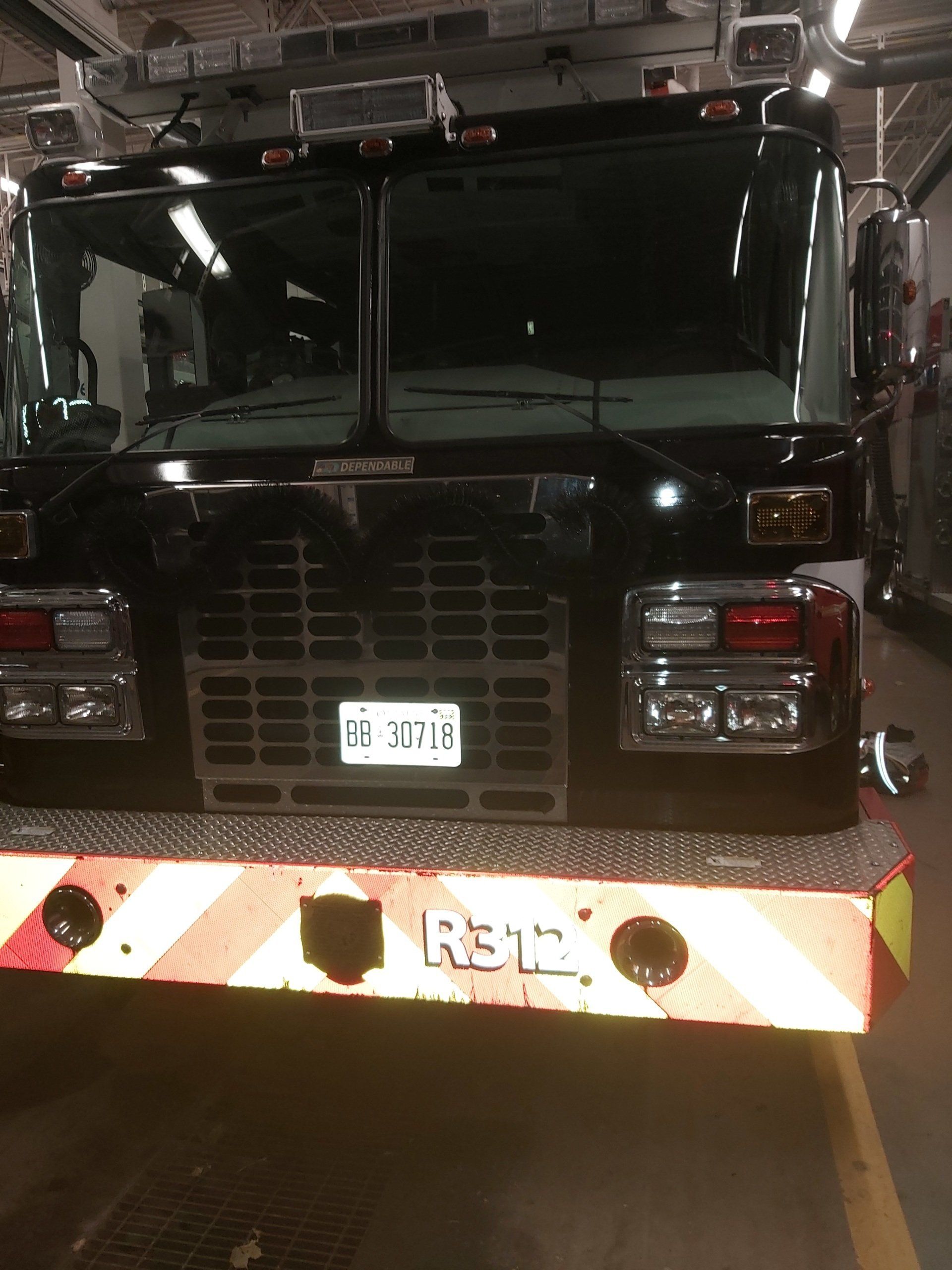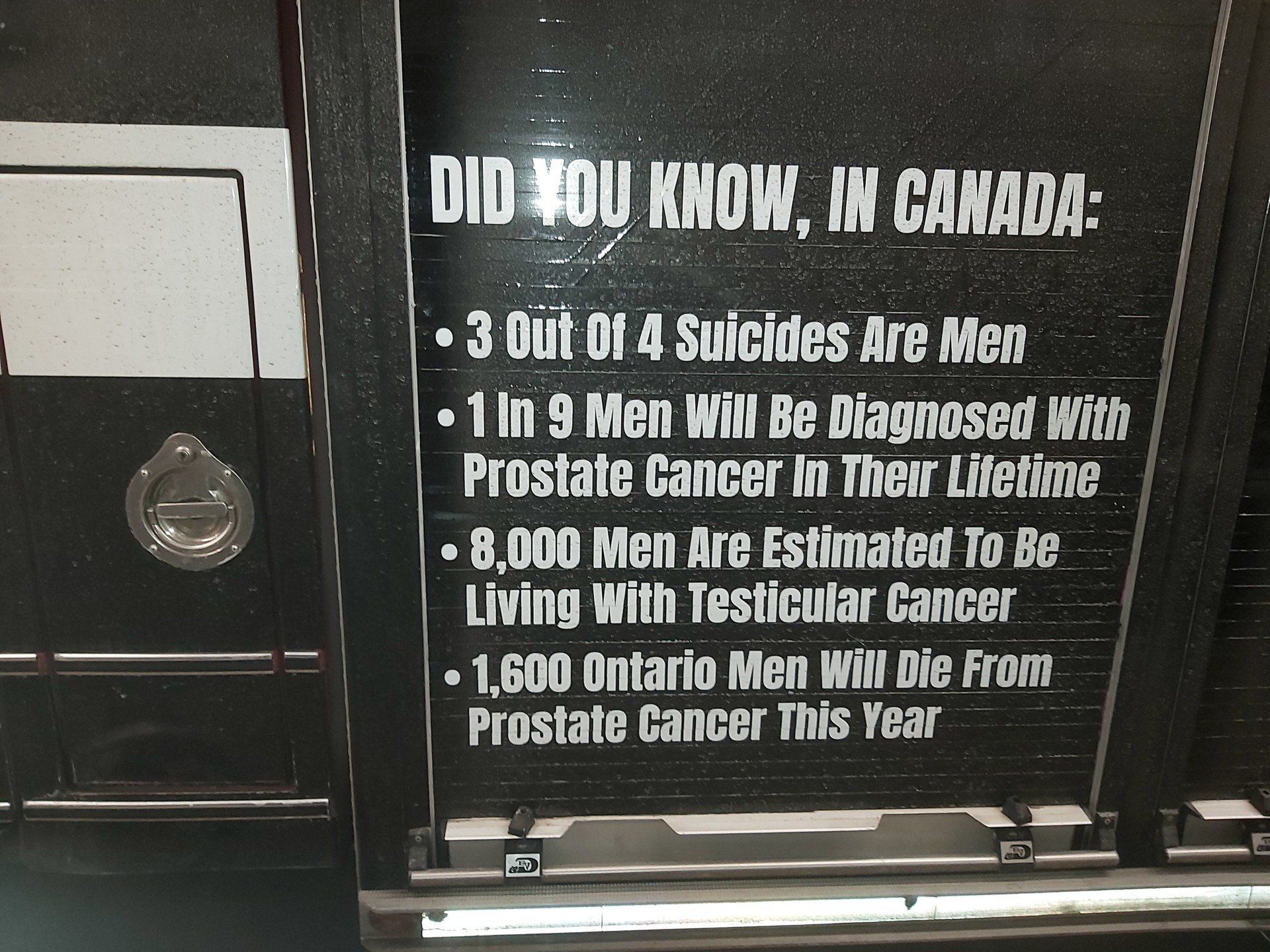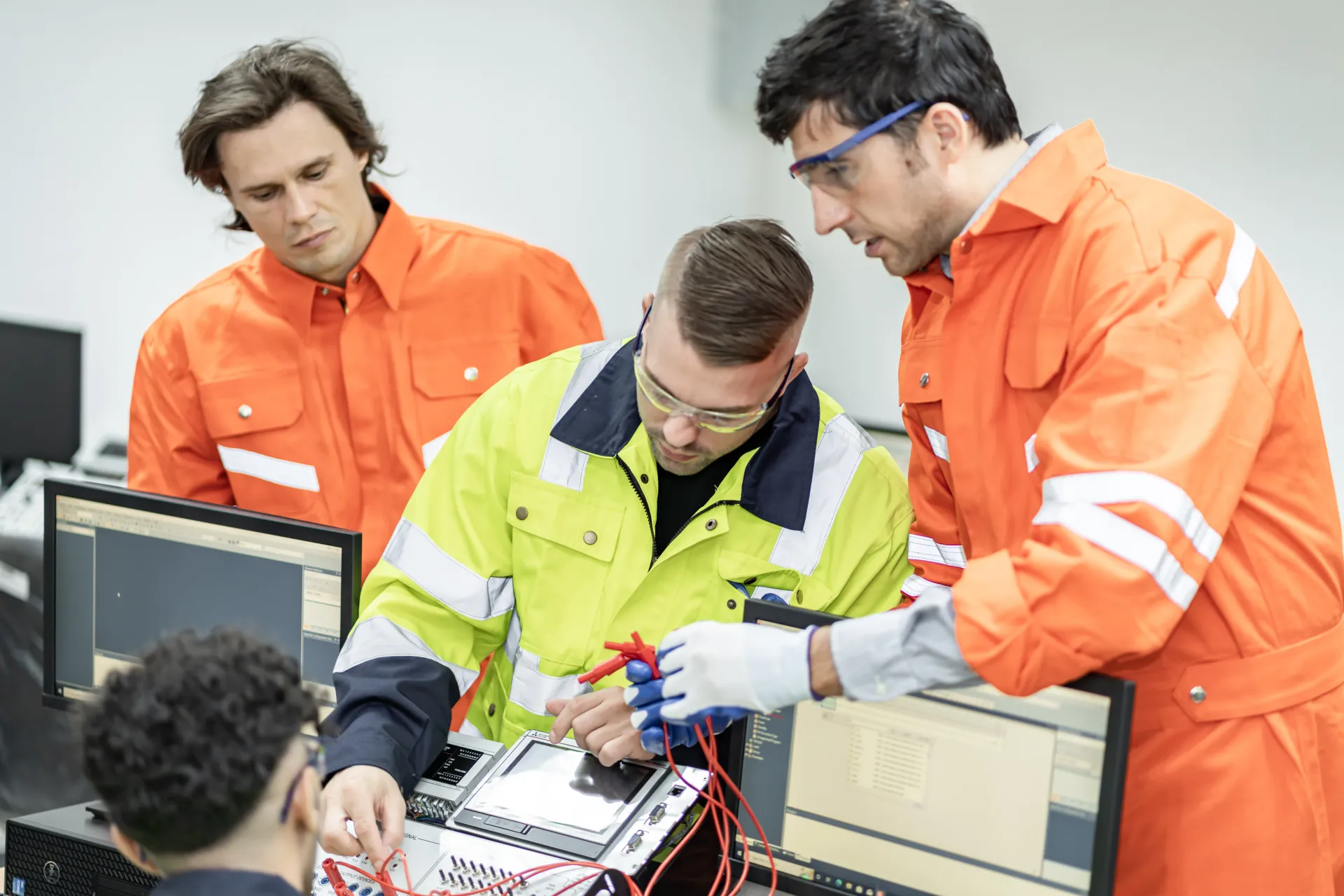Arcflash.ca Wants To Keep Your Employees SAFE This Winter!
It may be cold outside - but things are heating up in the world of workplace electrical safety! Check out some great electrical safety tips below, as well as new courses and workshops.

Don’t Automatically Reset a Circuit Breaker that Trips!
This article was originally authored by Mr. Jim Phillips- Brainfiller. com
The circuit breaker just tripped. Production is down, alarms are sounding in the background. Panic time. For many, this scenario would mean quickly re-set the circuit breaker and “see what happens.” Not the best idea – the question needs to be asked – why did the circuit breaker trip? This situation can become an even larger problem if the circuit breaker has setting adjustments. Before I go any further, let’s back up a few steps.
Adjustable Circuit Breakers
Many circuit breakers have setting adjustments that can be used to define how the device responds to short circuit currents. Adjustable circuit breakers as a minimum, will have an adjustable instantaneous setting that defines the level of current where it will trip with no intentional time delay. a.k.a. instantaneous trip. If the abnormal current exceeds this current level, the device trips instantaneously – if the current is less than this level, it will trip in the time delay or overload region.
Other more complex devices such as electronic trip and digital breakers can have a multitude of settings that are used to define an elaborate tripping characteristic. The preferred method for determining the settings for these devices is to perform a coordination study. This requires that the various protective device in the electric power system be analyzed to determine how they should be set so only the device furthest downstream nearest the load trips in the event of an abnormal current. This allows the other devices towards the source to remain closed and results in the minimum amount of an outage.
However, there is another objective and that is to ensure that the protective device also responds quickly enough to provide suitable protection of the conductors, transformers, motors and other electrical equipment. The recommended settings should take into account both selective coordination
and
protection.
Changing the Setting
As mentioned, when a protective device trips, often the first response is to simply reset it and see what happens. More often than not, if a breaker tripped once, it will probably trip again because simply resetting it did not solve the root cause of the problem. The second time the device trips, many “experienced” people will increase the setting thinking that it tripped because the setting was too low and not considering why it tripped. Changing a device setting without proper analysis of its impact could reduce selective coordination with other devices and quite possibly reduce the level of protection.
Unintended Consequences – Arc Flash Hazard
Increasing a protective device setting can create a potentially larger and more dangerous problem – Increasing the Arc Flash Hazard! Depending on the arcing short circuit current that could flow during an arc flash, increasing a protective device setting may cause the protective device to take longer to trip during an arc flash. The amount of incident energy from an arc flash is directly proportional to the duration which is defined by the time a protective device takes to operate. An increase in the device setting does not guarantee it will take longer to operate but it could happen. A detailed analysis of the effect that the circuit breaker setting change has on the arc flash hazard is necessary to know for sure.
As an example, let’s say a calculated incident energy is 5.4 calories/centimeter2 (cal/cm2) and the protective device takes 3 electrical cycles (3/60th of a second) to operate. If a setting change causes the device to now take 15 cycles (15/60th of a second) to operate, the incident energy would increase by a factor of five to 27 cal/cm2!
The protective device setting’s impact on the arc flash hazard is so important that CSA Z462 - Incident Energy Analysis Method requires that the arc flash risk assessment “shall take into consideration the characteristics of the overcurrent protective device and it’s fault clearing time” and “shall be updated when changes occur in the electrical distribution system that could affect the results of the analysis.” In addition, the “Incident energy analysis shall also be reviewed for accuracy at intervals not to exceed 5 years.” This is to account for changes which can include protective device settings that can affect the results of the of the arc flash risk assessment.
Don’t!So, if a circuit breaker trips, – don’t simply re-set it until you find out why it tripped. Not because I said so, but because NFPA 70E says so. According to the 2018 Edition of NFPA 70E:
130.6(M) Reclosing Circuits After Protective Device Operation:
After a circuit is de-energized by the automatic operation of a circuit protective device, the circuit shall not be manually re-energized until it has been determined that the equipment and circuit can be safely energized. The repetitive manual reclosing of circuit breakers or re-energized circuits through replaced fuses shall be prohibited. When it is determined from the design of the circuit and the overcurrent devices involved that the automatic operation of a device was caused by an overload rather than a fault condition, examination of the circuit or connected equipment shall not be required before the circuit is re-energized.
If you ultimately make a setting change, review its impact not only on the protection and coordination but also on the calculated incident energy because the next time it trips, there could be a very large BOOM!
Canada Classes – Arc Flash Studies / IEEE 1584
FIRST TIME IN CANADA!
How to Perform an Arc Flash Calculation Study
2018 IEEE 1584
By Jim Phillips, P.E.
With special guests:
Len Cicero and Jim Pollard
Toronto, Ontario – November 4 – 5, 2019
Vancouver, British Columbia – February 24 – 25, 2020
For the first time ever, Jim Phillips is bringing his Arc Flash Studies class based on the 2018 IEEE 1584 to Canada! This very intense 2 day course includes an in depth discussion of:
Five different electrode configurations to enable more detailed modeling
More choices for enclosure types and sizes
Enclosure correction factor calculation to adjust for specific enclosure size
The effect of grounding has been eliminated
An arcing current variation factor calculation replaces the 85% factor
Calculations performed at 1 of 3 voltage levels with interpolation to actual voltage
The 125 kVA transformer exception was eliminated
Each calculation is now performed in 2 steps which includes an initial calculation based on one of three voltage levels and a second calculation interpolating to the specific system voltage. The 125 kVA “exception” was replaced. Learn why and what has replaced it. What about the 2 second rule?
Loaded With Hands-On Calculation Problems
This class will be packed with many hands-on calculation examples using Jim’s worksheets. The calculations will illustrate the various changes with the new edition and provide comparisons between the results using the 2002 Edition of IEEE 1584 and the 2018 Edition.
Hands-On Calculation Examples include:
• Arcing Short Circuit Current – Intermediate and Final
• Necessary Extrapolation and Interpolation
• Enclosure Size Correction Factor
• Incident Energy – Intermediate and Final
• Arc Flash Boundary – Intermediate and Final
• Low Voltage and Medium Voltage Calculations
• DC Arc Flash Calculations
Jim will be joined by special guests Len Cicero and Jim Pollard who will be discussing CSA Z462 requirements for arc flash studies and how the study results are used to select appropriate arc rated clothing and PPE.
Movember 2019!
It is the month of "Movember" and to commemorate this, Burlington firefighters have Rescue Unit 312 in black to remind us all of men's health issues. See pictures below!



Have You Heard About The ***NEW*** Arcflash.ca Course: The Safe Application of Fuses For Industrial Mechanics & Millwrights?
This course is intended to provide Millwrights and Industrial Mechanics with a better understanding of Canadian fuse products and their applications in order to minimize the possibility of misapplication, ensuring the safety of both equipment and personnel. In addition to providing, through practical scenarios the safe application of fuses to avoid personal injury.
1 day- 6.0 hours
Contact us today for more information.
Workplace Electrical Safety Online Course - $100 Per Person
The workplace electrical safety online course is based on the 2018 edition of CSA Z462. The course has been developed for workers who are performing electrical work on energized systems. It provides guidance on industry best practices for the prevention of injury from arc flash and shock.
Electrical Safety Assistance? There’s An App For That!
Don’t forget, our NEW Arc Flash Electrical Worker Quick Field Guide APP is available on Google Play for just $2.99!
We hope you enjoyed all of the information in our Novmeber Newsletter and look forward to hearing from you, as well as bringing more up-to-date electrical safety information and tips in our next newsletter! As always, you are invited to contribute a story or a question that you would like to bring forward to other readers, related to workplace electrical safety or lockout, including PPE and safety equipment.
Please send your stories and questions to Len at len@arcflash.ca . You can also continue the conversation with us on our Linkden Workplace Electrical Safety Communications group!












